The Smith Machine is a staple in many gyms, often seen as both a friend and a foe to weightlifters. Whether you're a seasoned gym-goer or a beginner looking to add more variety to your workout, understanding the advantages and disadvantages of the Smith Machine can help you make more informed decisions about its place in your routine.
What is a Smith Machine?
Before diving into the pros and cons, let’s clarify what a Smith Machine is. This piece of gym equipment consists of a barbell that is fixed within steel rails, allowing it to only move vertically (or with a slight incline). It typically features safety stops to prevent the bar from falling, making it different from free weights, where the lifter has to control the bar's movement independently.
Now that we know what it is, let’s break down the pros and cons of the Smith Machine.
Pros of the Smith Machine
1. Safety for Beginners
For beginners or anyone unfamiliar with certain exercises, the Smith Machine offers a sense of security. Since the bar is fixed on rails and can be locked into place with safety catches, there's less risk of dropping heavy weights. This makes it an excellent choice for people who might feel uncomfortable with free weights or who don't have a spotter available.
2. Improved Control and Stability
The machine’s guided motion provides more stability, allowing users to focus on form and technique without worrying about balancing the bar. This makes it ideal for practicing proper movement patterns, especially for exercises like squats, bench presses, and overhead presses.
3. Versatility in Exercises
The Smith Machine can be used for a wide range of exercises that target different muscle groups, including squats, deadlifts, bench presses, lunges, and more. It can also be a great tool for those recovering from an injury, as the fixed path reduces the risk of improper movement.
4. Progressive Overload
The fixed path of the Smith Machine can help you push yourself with heavier loads in a controlled environment. Since the machine helps maintain balance, you can often lift more weight than you would with free weights, which can aid in progressive overload, a key element in muscle growth.
5. Good for Isolation Movements
While compound movements benefit from free weights, isolation exercises can be more easily performed on the Smith Machine. For example, exercises like incline or decline bench presses, shrugs, and calf raises can be done effectively with minimal risk of injury.
Cons of the Smith Machine
1. Reduced Range of Motion
One of the biggest criticisms of the Smith Machine is that it restricts the natural movement patterns of the body. Unlike free weights, which allow for a more natural arc of motion, the Smith Machine’s fixed path can force your body to move in ways that may not align with its natural biomechanics. This can lead to joint strain and muscle imbalances over time.
2. Less Engagement of Stabilizing Muscles
When lifting with free weights, your body recruits stabilizing muscles to balance the load. The Smith Machine removes much of that challenge because the barbell is guided along a fixed path. As a result, you may not engage as many muscles, potentially limiting overall strength development and functional fitness gains.
3. Can Encourage Poor Form
While the Smith Machine does help beginners with form and technique, it can also create bad habits for those who rely on it too much. Because the bar is fixed, some users may not develop the necessary core strength and stabilization skills that come from lifting free weights, which are crucial for long-term progress and injury prevention.
4. Limited Functional Training
The Smith Machine’s fixed motion doesn't mimic real-world movements very well. Functional fitness, which involves exercises that help you perform everyday tasks, often requires multi-directional movement, core engagement, and full-range-of-motion actions. The Smith Machine doesn’t replicate these movement patterns as effectively as free-weight exercises, limiting its usefulness for functional training.
5. Not Ideal for Powerlifting
For powerlifters and those focused on building maximal strength, the Smith Machine is often not an ideal choice. The fixed path limits your ability to recruit stabilizer muscles, which are essential in powerlifting, particularly during squats and bench presses. Powerlifters prefer the challenge and benefits of free weights, where they can perform movements in a way that mimics the competition lifts.
Conclusion
The Smith Machine has its place in the gym, particularly for beginners, those seeking a controlled environment to lift heavier weights, or those focusing on isolation exercises. However, it’s important to use it wisely and not rely on it exclusively. If your goal is to build overall strength, enhance muscle stability, or train for real-world functional movement, incorporating free weights and other equipment alongside the Smith Machine is crucial for a balanced workout regimen.
Ultimately, the Smith Machine is a tool—one that can be beneficial if used correctly, but should be balanced with other forms of training for optimal results. Whether you love it or hate it, understanding the pros and cons will help you use it effectively in your fitness routine.




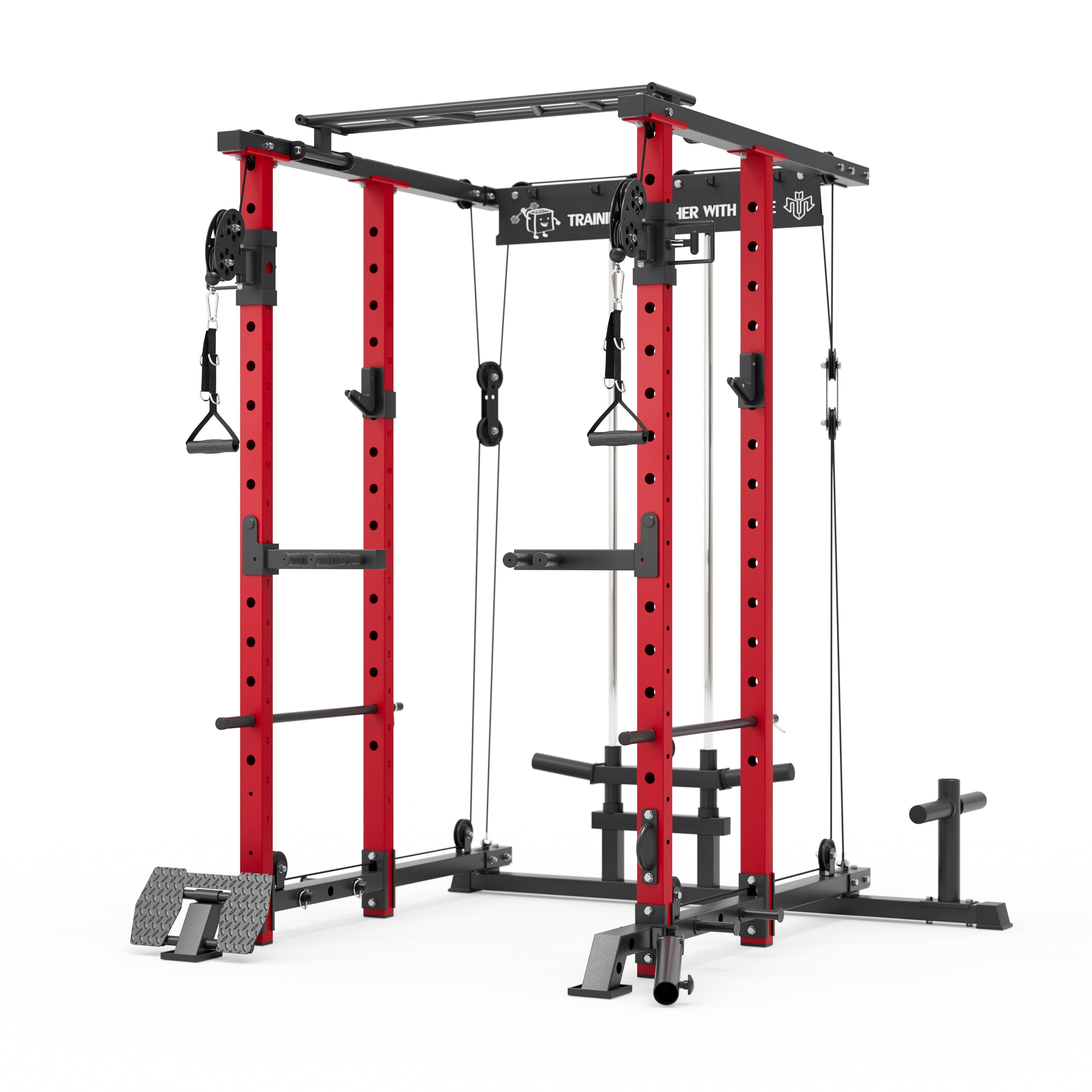
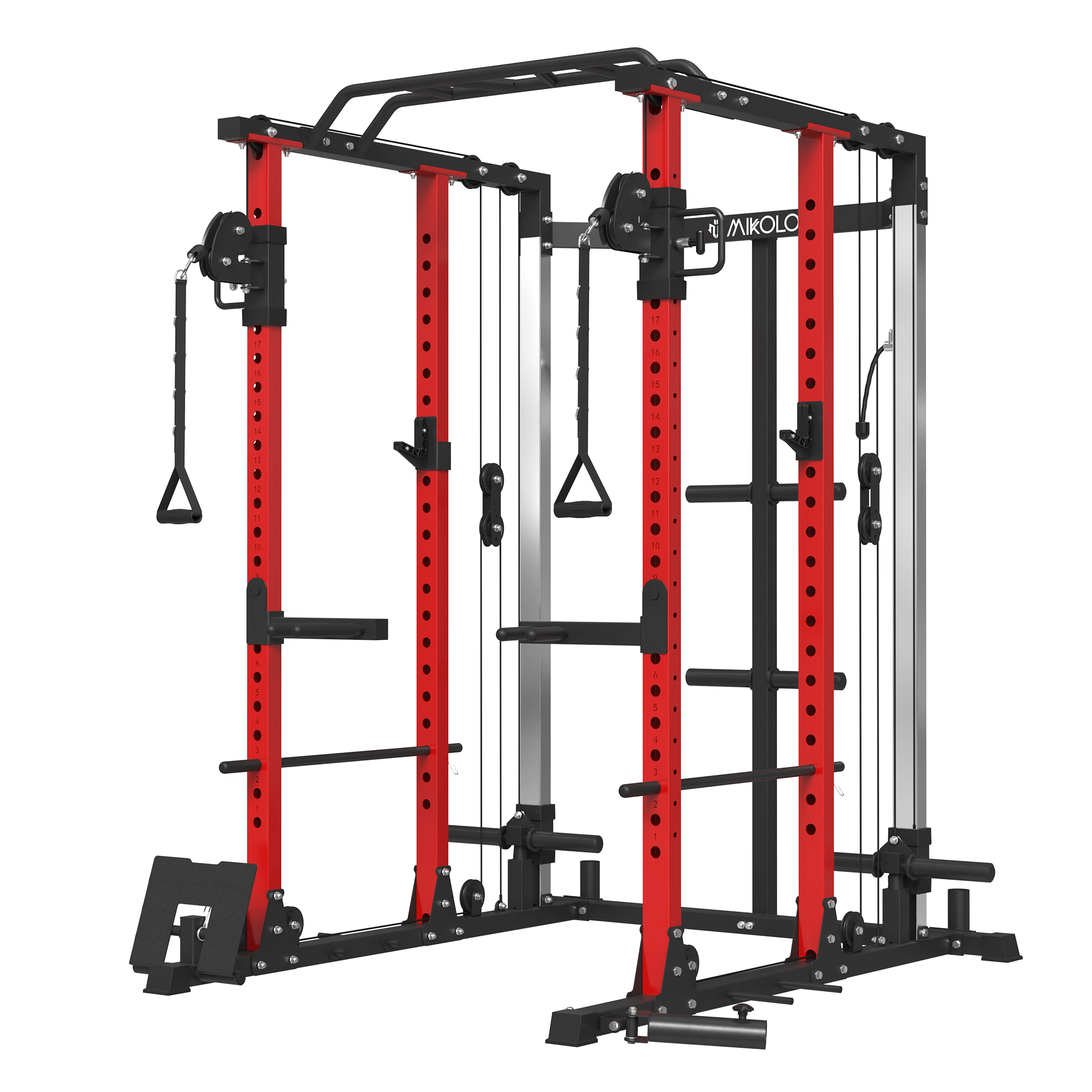

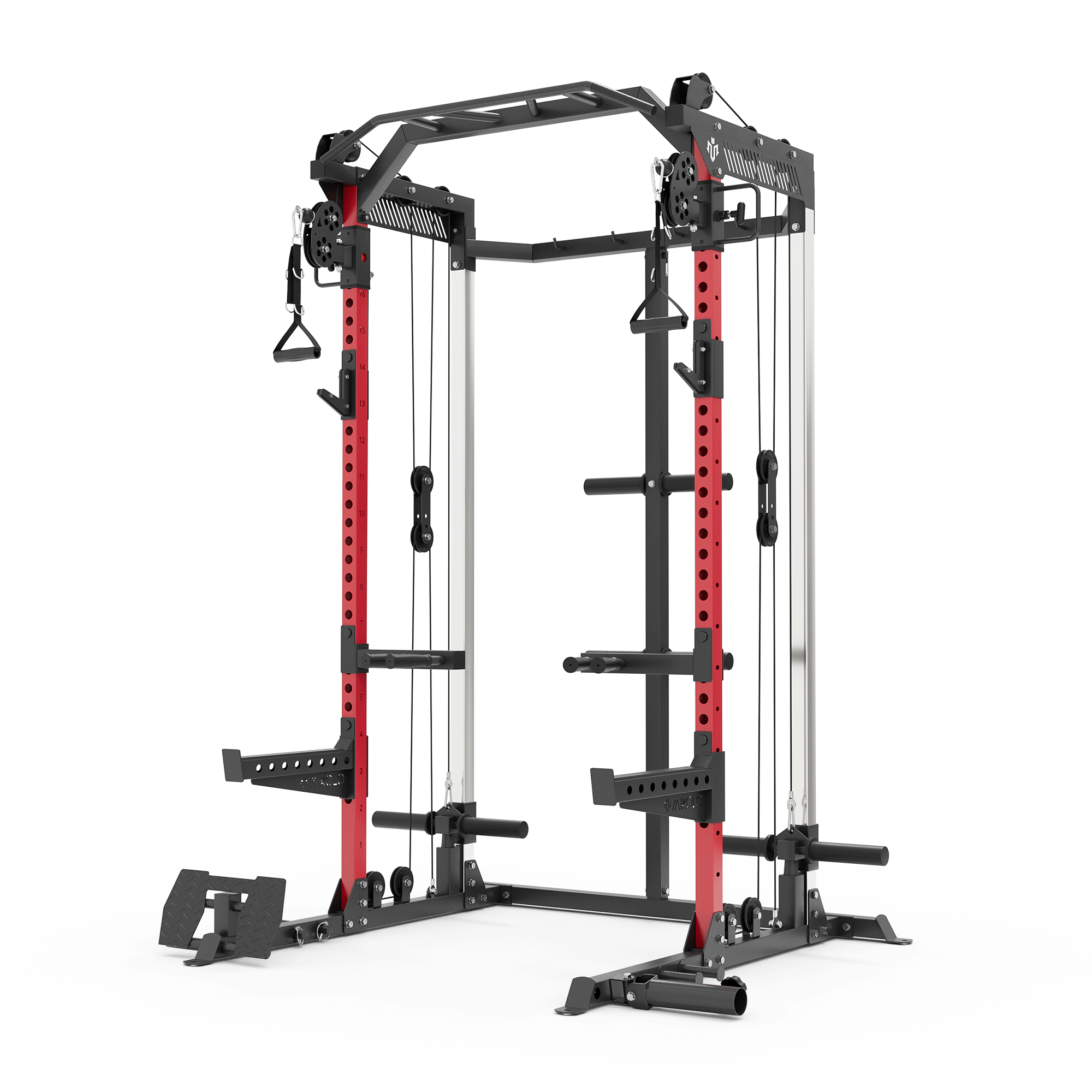
















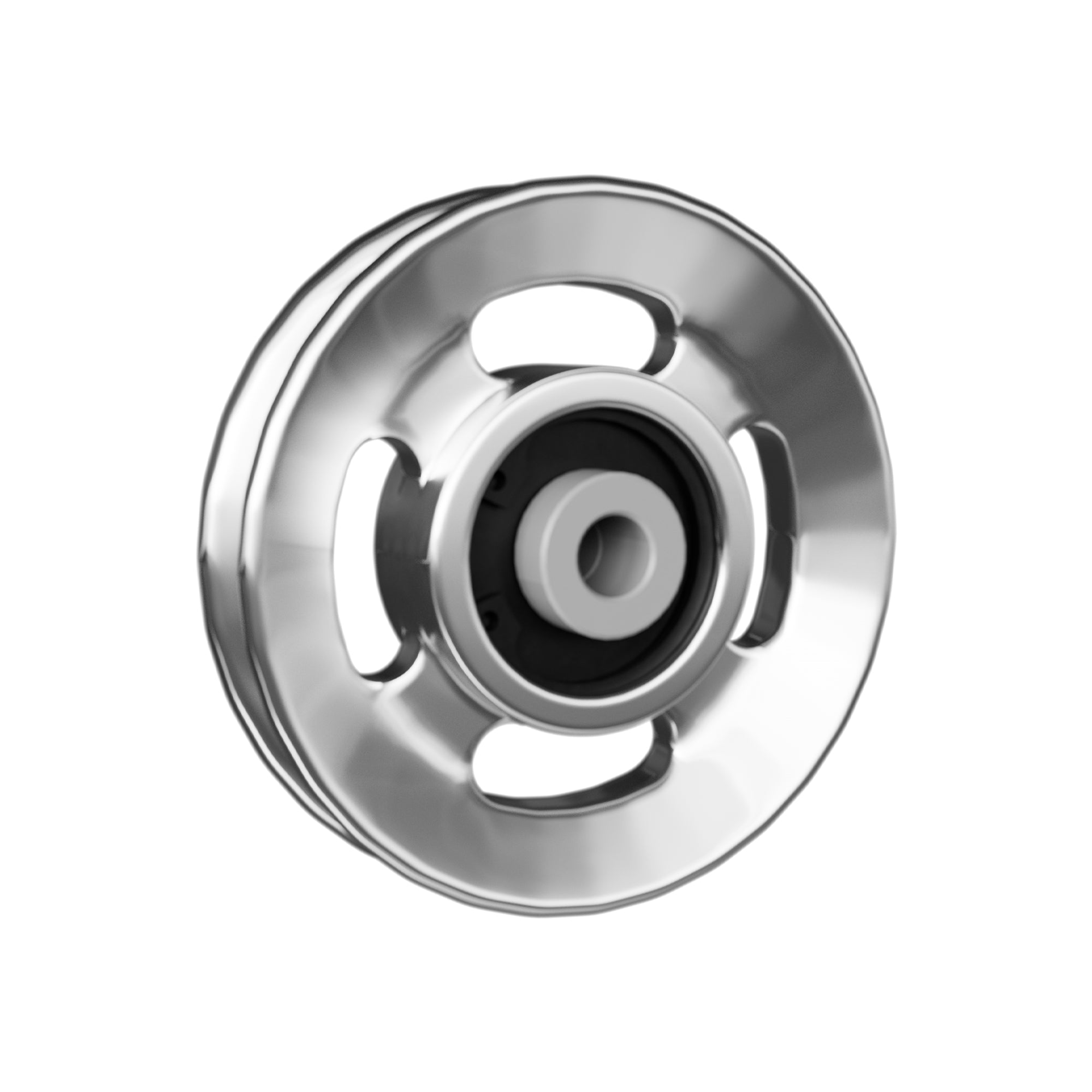
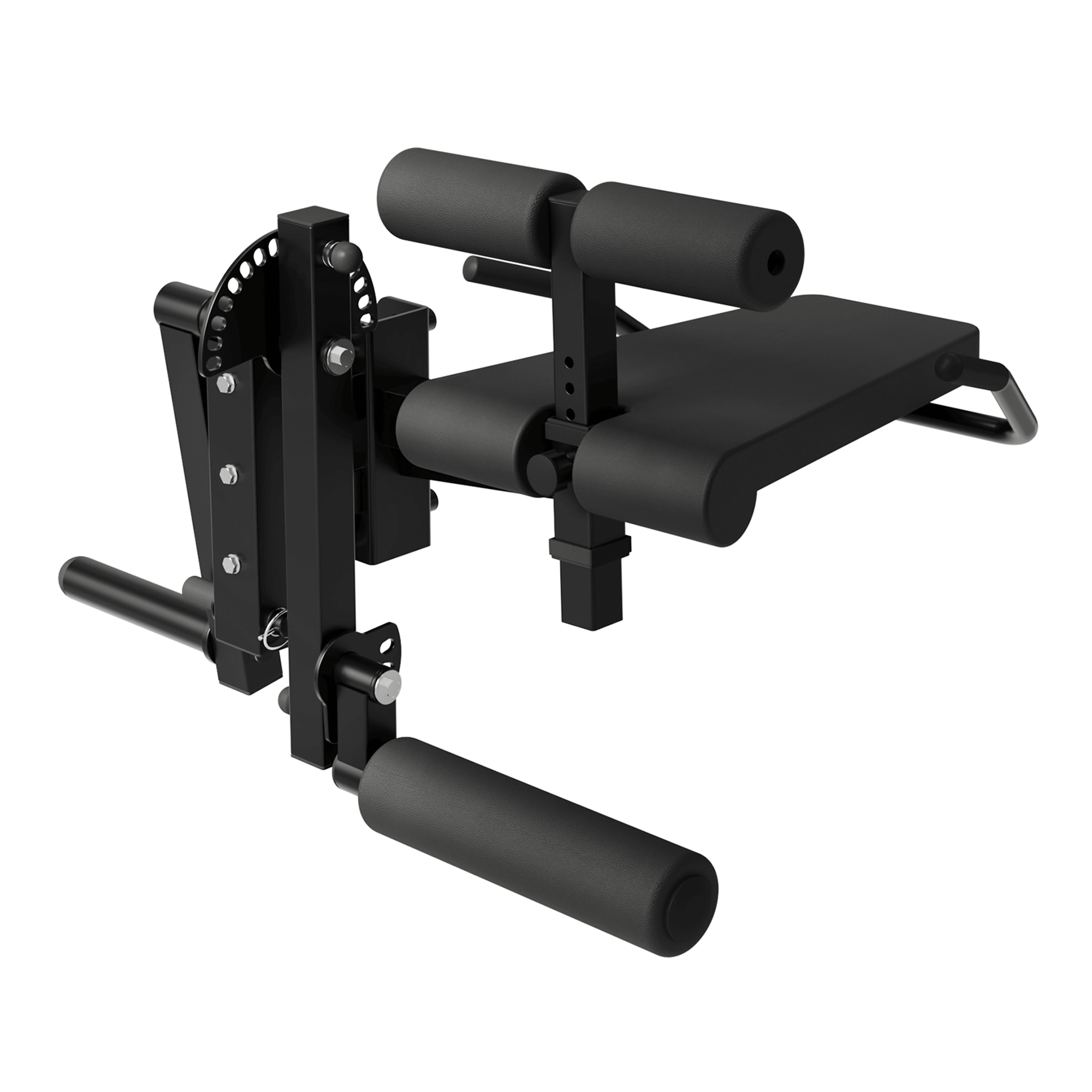



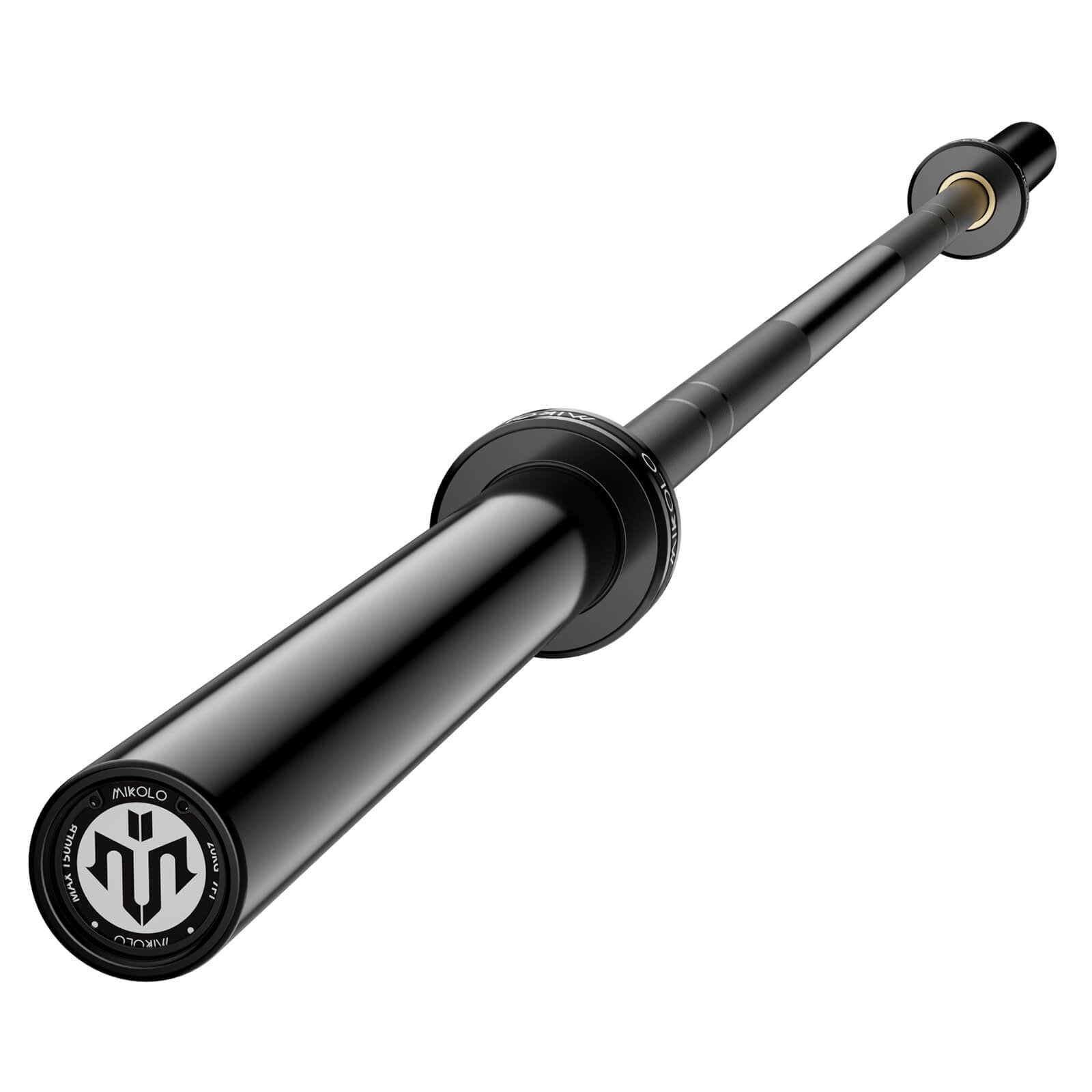




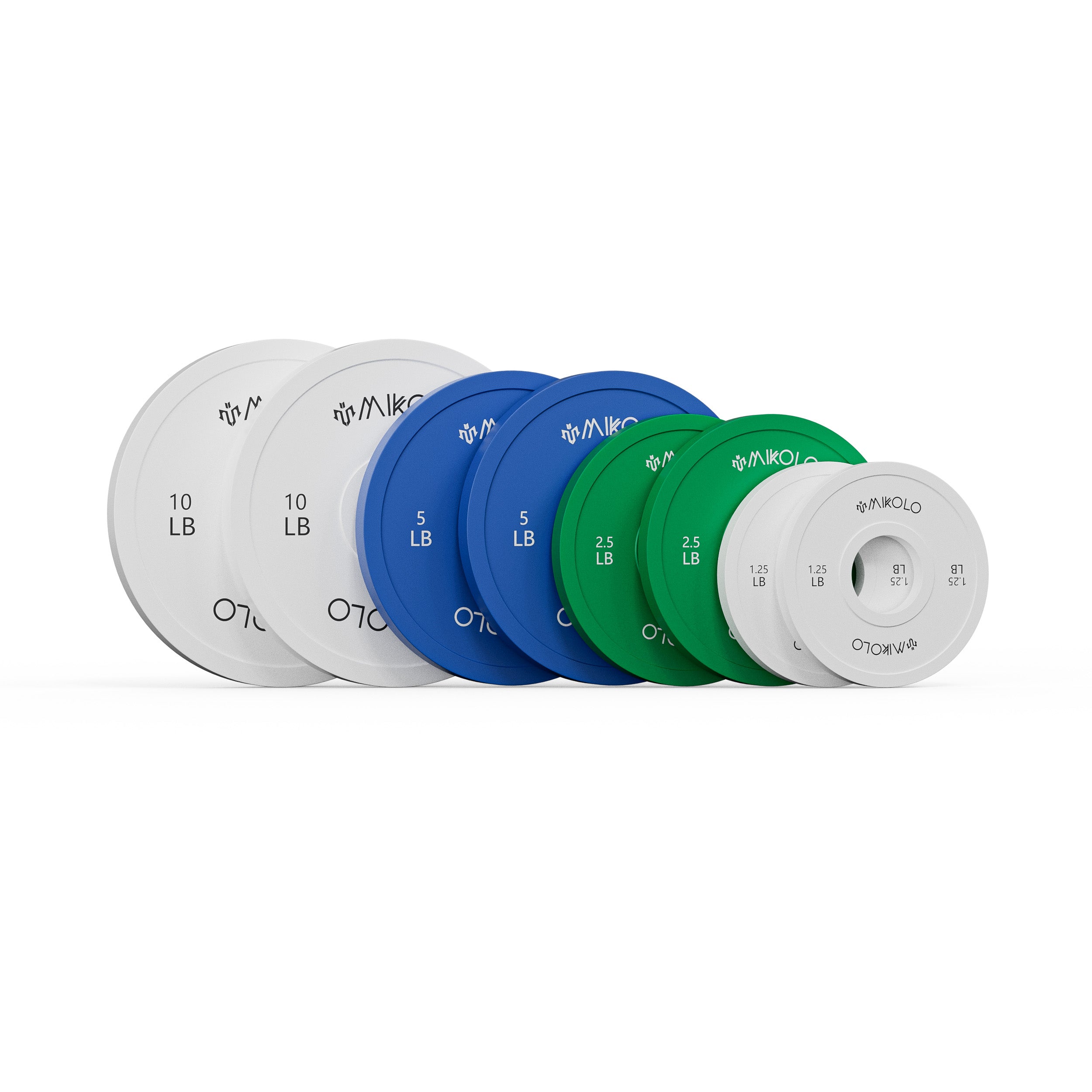



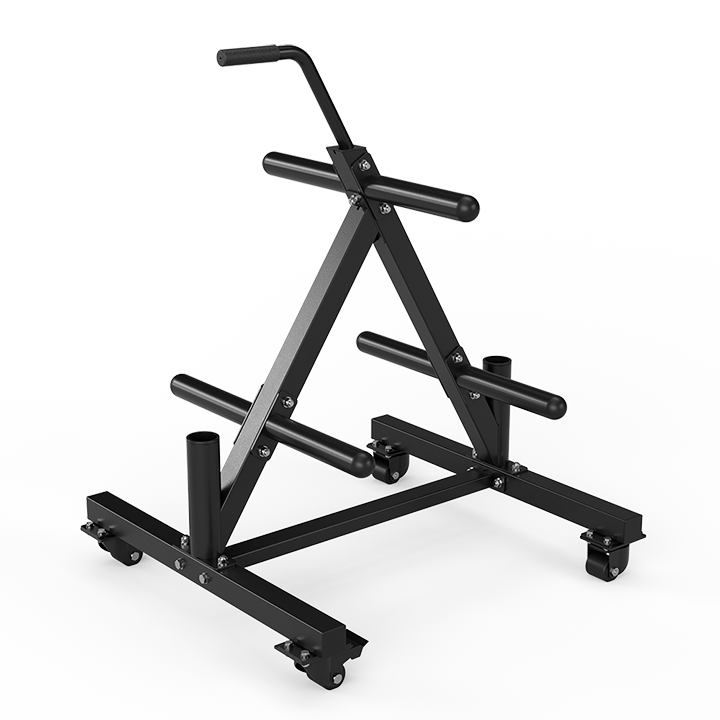




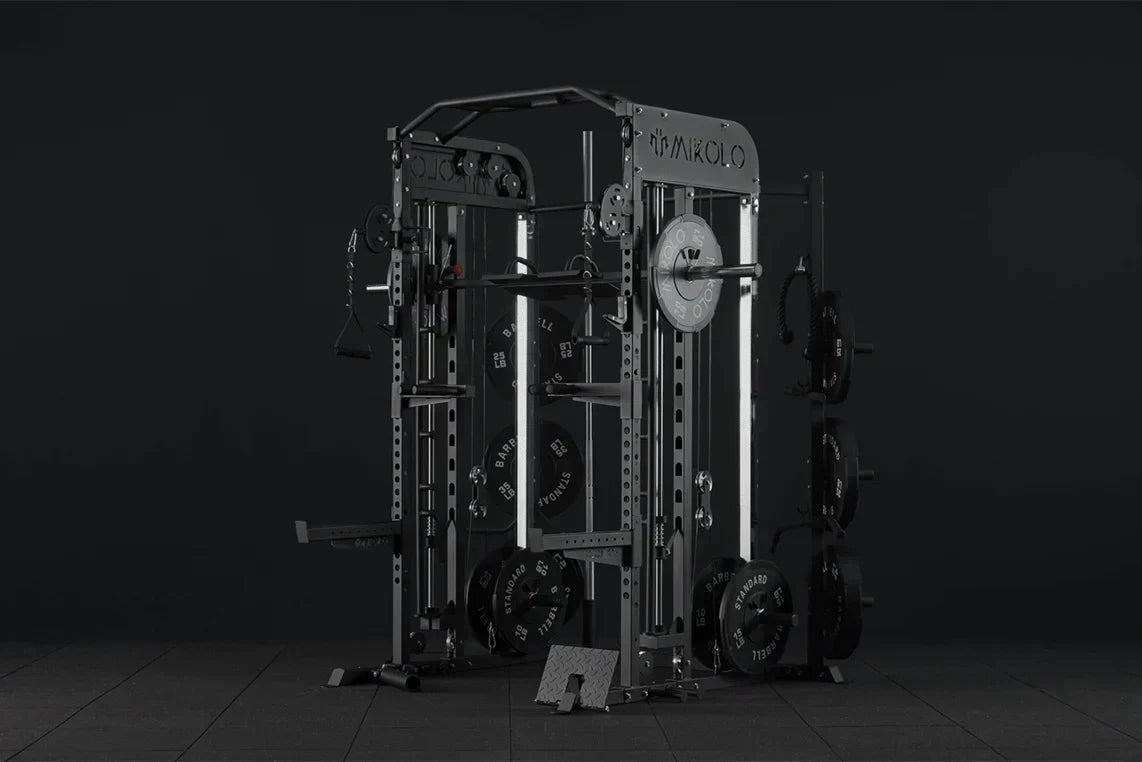

Leave a comment
This site is protected by hCaptcha and the hCaptcha Privacy Policy and Terms of Service apply.